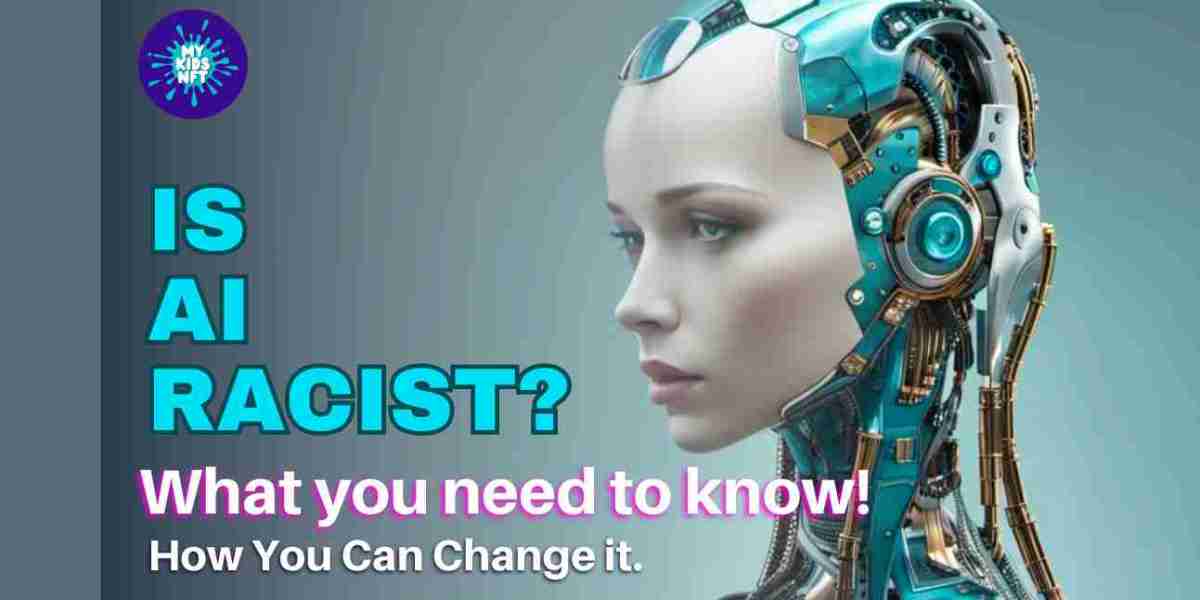Title: "Unraveling the Mysteries of Pain: A Comprehensive Exploration and Strategies for Effective Management"
Introduction:
Pain, an intricate and universal human experience, is a complex phenomenon that transcends the boundaries of mere physical sensation. It intertwines with our emotional, psychological, and social well-being, creating a web of challenges and mysteries that demand thoughtful consideration. In this essay, we embark on a journey to unravel the mysteries of pain, understanding its multifaceted nature, and explore a spectrum of strategies for managing it effectively.
I. **Understanding Pain: A Multidimensional Perspective**
1. **Physical Dimensions of Pain:**
Pain is often perceived as a sensory experience resulting from tissue damage or injury. Nociceptors, specialized nerve endings, transmit signals to the brain, alerting us to potential harm. Acute pain serves a protective function, signaling the need for immediate attention.
2. **Emotional and Psychological Dimensions:**
Beyond its physical aspect, pain weaves into the fabric of our emotions and psyche. Chronic pain, in particular, can lead to depression, anxiety, and a diminished quality of life. Understanding the emotional impact of pain is crucial for a holistic approach to management.
3. **Social and Cultural Influences:**
Pain is not an isolated experience but is deeply influenced by cultural and societal factors. Cultural norms, beliefs about pain, and social support systems play a pivotal role in shaping an individual's perception and response to pain.
II. **Types of Pain and Their Nuances**
1. **Acute vs. Chronic Pain:**
Distinguishing between acute and chronic pain is fundamental in developing effective management strategies. Acute pain is a protective response, while chronic pain persists long after the initial injury has healed, often requiring a different therapeutic approach.
2. **Neuropathic Pain:**
Neuropathic pain, arising from damage to the nervous system, poses unique challenges. Conditions such as diabetic neuropathy or sciatica demand specialized interventions that address the underlying nerve damage.
3. **Psychosomatic Pain:**
The intricate interplay between the mind and body gives rise to psychosomatic pain. Stress, anxiety, and emotional distress can manifest as physical pain, necessitating a comprehensive approach that integrates mental health into pain management strategies.
III. **Exploring Traditional and Alternative Approaches to Pain Management**
1. **Pharmacological Interventions:**
Traditional approaches often involve the use of medications such as analgesics, non-steroidal anti-inflammatory drugs (NSAIDs), and opioids. However, the potential for side effects and the risk of dependency underscore the importance of a judicious and personalized approach.
2. **Physical Therapy and Rehabilitation:**
Physical therapy plays a pivotal role in managing pain, especially in musculoskeletal disorders. Exercise, stretching, and rehabilitative techniques not only alleviate pain but also contribute to long-term functional improvement.
3. **Mind-Body Techniques:**
Mind-body practices, including meditation, mindfulness, and yoga, offer profound benefits in pain management. By fostering a mind-body connection, these techniques address both the emotional and physical dimensions of pain.
4. **Alternative Therapies:**
Complementary and alternative therapies, such as acupuncture, chiropractic care, and herbal remedies, provide additional avenues for pain relief. While their efficacy varies, many individuals find these approaches beneficial in conjunction with conventional treatments.
IV. **Innovations in Pain Management:**
1. **Technological Advancements:**
The intersection of technology and healthcare has given rise to innovative pain management solutions. Virtual reality, biofeedback, and wearable devices offer novel ways to monitor, analyze, and address pain in real-time.
2. **Genetic and Precision Medicine:**
Advancements in genetic research enable a more personalized approach to pain management. Understanding an individual's genetic predispositions to pain and drug responses allows for tailored treatment plans, minimizing adverse effects and optimizing efficacy.
3. **Interdisciplinary Pain Management:**
Recognizing pain as a multidimensional experience calls for an interdisciplinary approach. Collaborative efforts among physicians, psychologists, physical therapists, and other healthcare professionals ensure a comprehensive and holistic strategy for managing pain.
V. **Cultivating Resilience and Coping Strategies**
1. **Educating and Empowering Individuals:**
Knowledge is a powerful tool in the journey of pain management. Empowering individuals with information about their condition, treatment options, and self-care strategies fosters active participation in their healing process.
2. **Cognitive-Behavioral Therapy (CBT):**
CBT is a proven therapeutic approach that addresses the cognitive and behavioral aspects of pain. By altering thought patterns and behaviors, individuals can develop healthier coping mechanisms and reduce the impact of pain on their lives.
3. **Supportive Communities and Peer Networks:**
Building supportive communities and engaging with peer networks can alleviate the isolation often associated with chronic pain. Sharing experiences, strategies, and successes create a sense of belonging and understanding.
Conclusion:
Unraveling the mysteries of pain requires a nuanced and comprehensive approach that goes beyond the traditional dichotomy of physical and mental health. By acknowledging the multidimensional nature of pain and exploring a diverse array of management strategies, we pave the way for a more holistic and patient-centered approach to healthcare.
As we continue to advance in our understanding of pain, the integration of innovative technologies, personalized medicine, and a focus on resilience and coping strategies holds promise for a future where individuals can effectively manage and mitigate the impact of pain on their lives. In this journey, the collaborative efforts of healthcare professionals, researchers, and individuals themselves will play a pivotal role in unraveling the mysteries of pain and fostering a society where pain is not merely endured but actively managed and understood.








